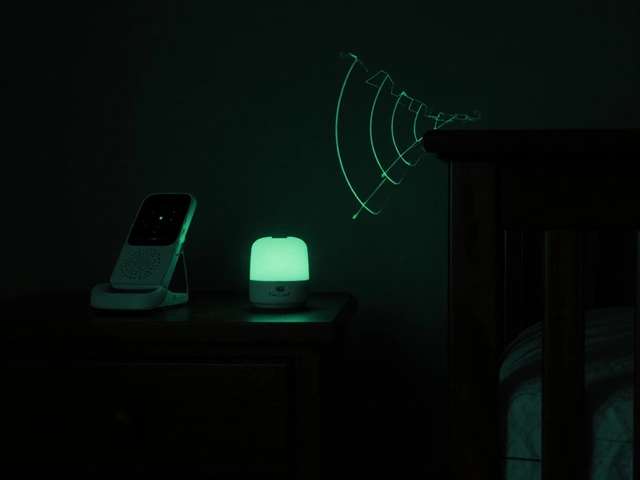Energy Consumption for Smart Security Devices: What You Need to Know
When you add cameras, doorbells and alarms to your home, the convenience is clear – but the extra electricity bill isn’t. Most homeowners assume a video doorbell or a Wi‑Fi camera won’t dent their monthly costs. In reality, each gadget draws power 24/7, and that adds up fast. Below you’ll find the biggest power‑guzzlers in a typical smart‑security setup and simple steps to shrink their energy footprint without sacrificing protection.
Common Power‑Hungry Security Gadgets
Video doorbells. A wired doorbell pulls power from your transformer, usually a 16‑24 V AC source. Battery‑run models look efficient, but they charge constantly to stay ready, which can drain the battery and force you to replace it often.
Wi‑Fi cameras. Indoor and outdoor cameras stream video over your network, often in high‑definition. That constant data flow costs electricity, especially if the camera records 24/7 instead of using motion‑triggered recording.
Smart alarms with cellular backup. Many alarm panels include a cellular modem for off‑grid alerts. The modem stays on standby, which consumes a few watts all day.
Motion sensors. PIR (passive infrared) sensors use very little power, but microwave or dual‑tech sensors run a small transmitter that adds to your load.
Smart lighting for deterrence. Outdoor floodlights that flash when motion is detected are great for scaring off burglars, but if you leave them on a timer all night they can become a silent energy drain.
Easy Ways to Lower Your Energy Use
Start by checking the power rating on each device. Most manufacturers list wattage on the box or online spec sheet. If a gadget uses more than 5 W continuously, it’s a candidate for optimization.
Switch to motion‑activated recording wherever possible. Modern cameras let you store video locally on an SD card and only upload clips when motion is detected. That cuts both bandwidth and power use.
Upgrade to low‑voltage transformers for wired doorbells. A 12 V transformer reduces current draw while still powering the chime reliably.
Consider hard‑wired battery backups for doorbells. They charge the battery using a small, efficient charger instead of a constantly buzzing internal charger.
Turn off unused features. Many cameras have night‑vision LEDs that you can disable if you have separate outdoor lights. Disabling unnecessary LEDs can shave off a watt or two per unit.
Use energy‑efficient smart bulbs for security lighting. LED bulbs consume a fraction of the power of traditional lamps and still provide bright, attention‑grabbing illumination.
Group devices on a smart power strip. When you’re away for several days, flip the strip off and let everything sleep. Some strips also report electricity usage, helping you spot the real power hogs.
If you have a solar‑powered alarm system, make sure the solar panel is correctly sized and positioned. A well‑placed panel can keep the backup battery topped up, reducing reliance on the grid.
Finally, schedule regular audits. Every six months, unplug each device for a few minutes and measure the draw with a plug‑in meter. You’ll be surprised how many gadgets still draw power even when they appear “off.”
By taking these steps, you’ll keep your home safe and your electricity bill in check. A smarter security system doesn’t have to be a power‑hungry monster – it just needs a little attention and the right settings.


